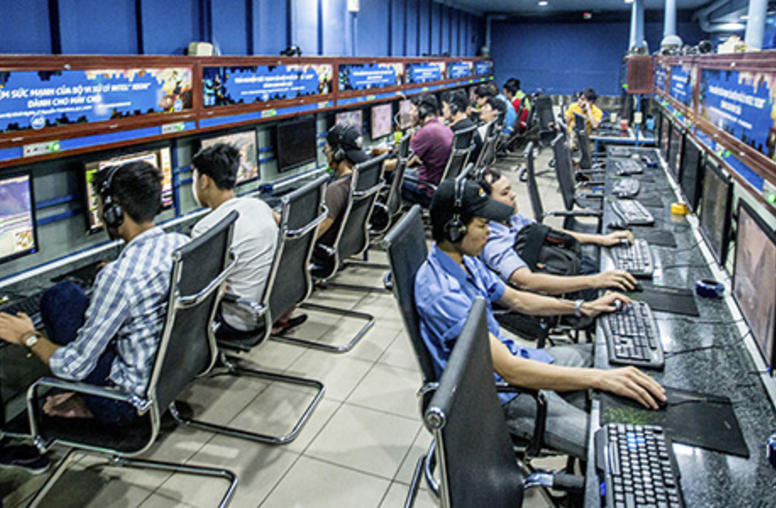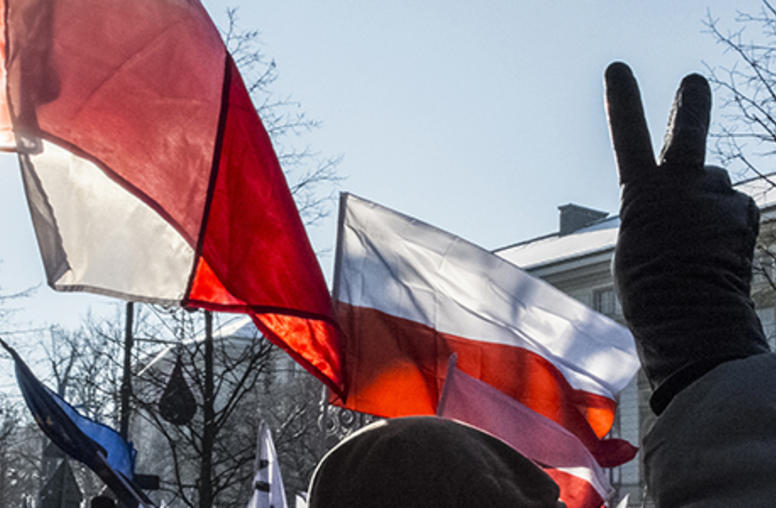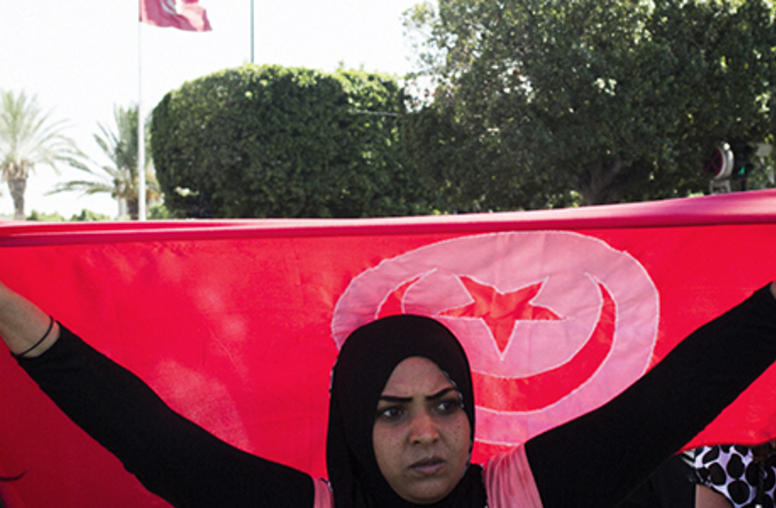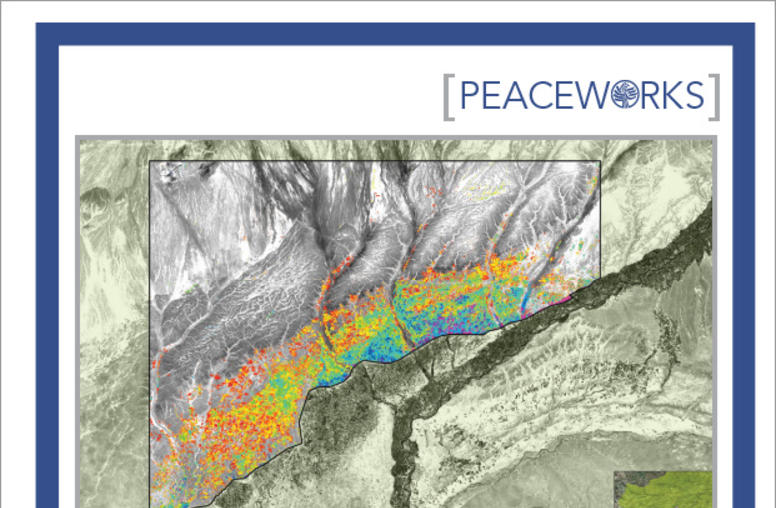Truth in Reporting: Media and Communications in Conflict
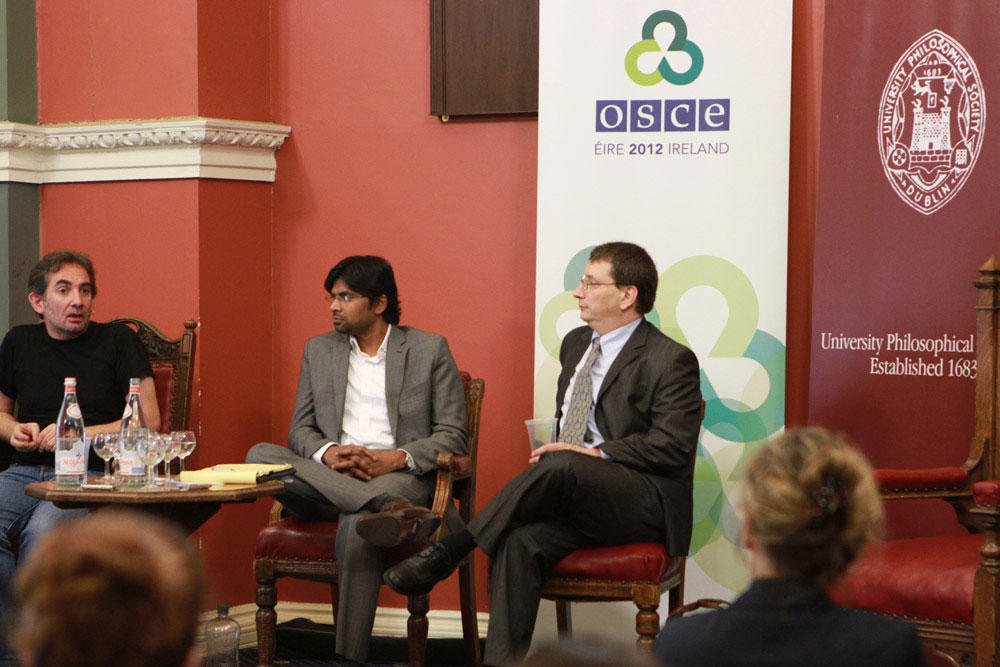
The third annual meeting of the OSCE Talks conference series met in Dublin, Ireland last week, where I joined them as a panelist. Co-hosted by the Organization for Security and Co-operation in Europe (OSCE) and the Philosophical Society of Trinity College, Dublin, this year’s OSCE Talks focused on the topic of “Preparing for Peace: Communications in Conflict Resolution.” Dublin was an apt setting for this discussion, not only because the Irish Republic is this year’s chair of the OSCE, but also because Ireland’s own experiences with conflict are so recent. The memories of the Northern Ireland conflict, known as “the Troubles,” still affect the entire island’s politics, social discourse, and the lively conversations had over pints of porter at local watering holes.
Indeed, the Troubles conflict, generally agreed to have ended with the “Good Friday” Agreement in 1998, was the subject of much discussion at the OSCE talks. The first panel on “Reporting on Negotiation, Shaping Public Opinion” focused on media coverage and communications during a very specific phase of the conflict cycle: peace talks and negotiations. Featuring both veteran negotiators and journalists from conflicts including those in Northern Ireland and the Balkans, the panelists highlighted the role of clear and credible communications from political negotiators to civil society and affected populations. They also spoke of the need for rigorous journalistic standards during this particularly volatile phase of transition. This reflects USIP’s own priorities in the media sector. In addition to USIP’s recent work supporting peacebuilding TV and radio content in post-conflict settings, the Institute has also worked on preventing media incitement in places like Iraq. The panelists agreed that the need for a credible, independent news media at all stages of the conflict cycle -- whether during ongoing negotiations or post-conflict reconstruction -- is clear.
I spoke as part of the conference’s second panel, “New Media in Conflict Resolution: Challenges and Opportunities.” I was joined by Len Lidov from Morningside Analytics and Onnik Krikorian, Caucasus regional editor for Global Voices Online. Our discussion centered on a problem that has plagued citizen journalism and user-generated media from conflict zones ever since it began: the problem of reliability. Social media communications, while an increasingly important part of our understanding of ground truth in zones of ongoing conflict, are also notorious for promoting distortions and misperceptions about events on the ground. In this context, some of the analytical and data-centric approaches we have taken in USIP’s Blogs & Bullets initiative are particularly pertinent, especially our recent analysis of social media’s role in the Arab Spring. As in the case of conventional media reporting, researchers and policymakers need to be able to sift fact from fiction in the social media space as well, since the entire media environment can help shift the dynamic in conflict zones from violence to peace.
Anand Varghese is a program specialist with the Center of Innovation for Science, Technology, and Peacebuilding.
